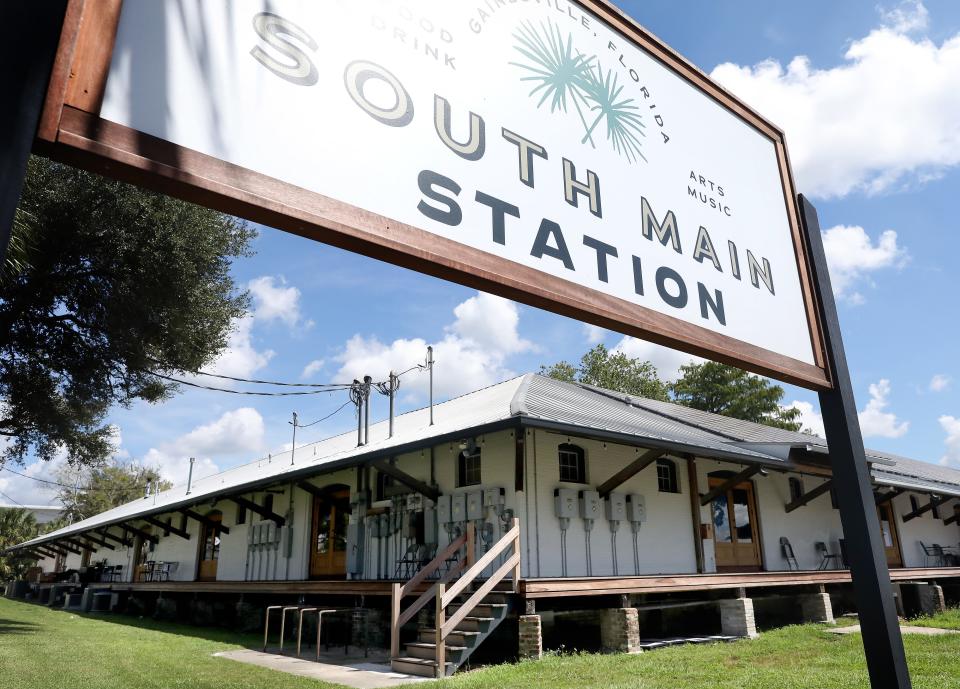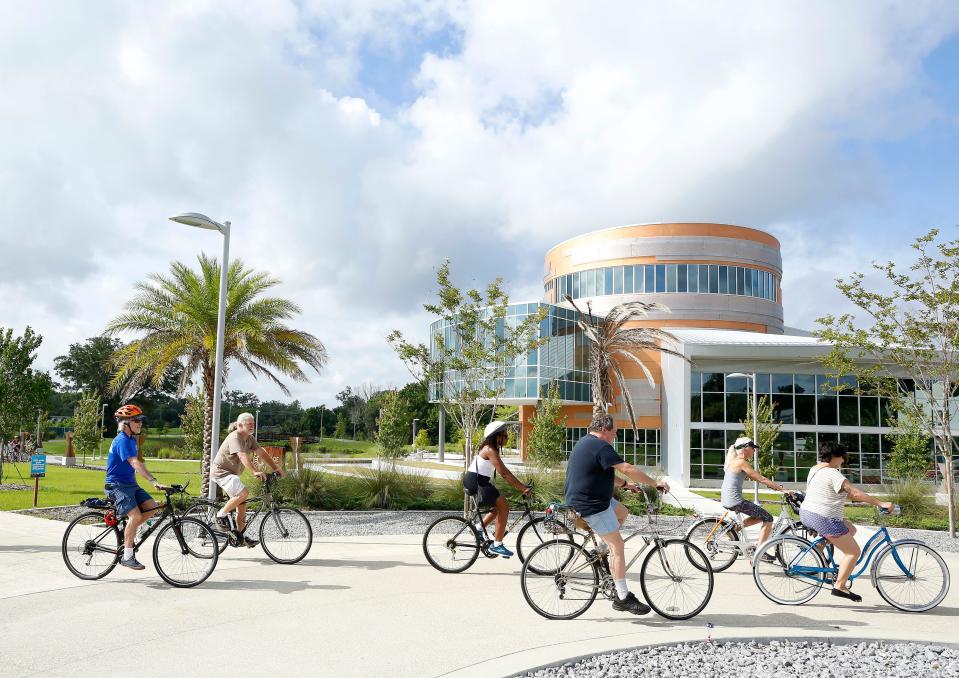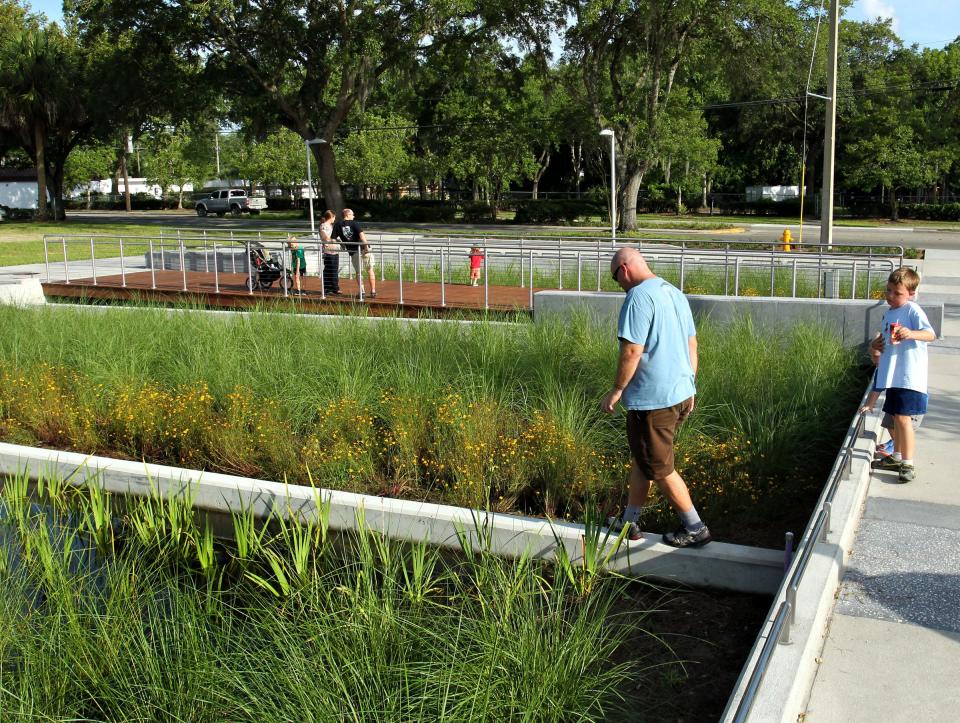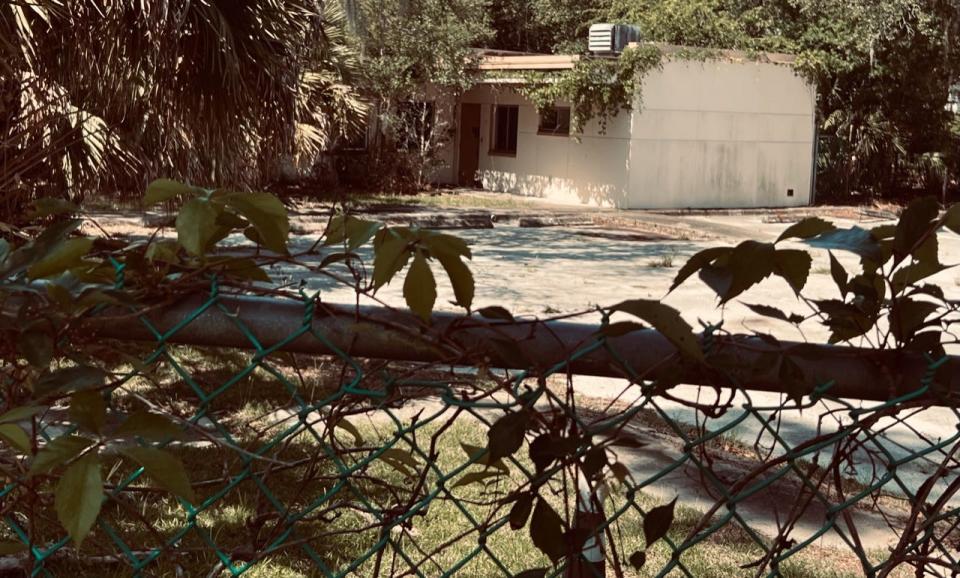Figuring out how to invest for Gainesville’s future is the 'biggest question out there'
Hardware store owner Eberly Baird built his warehouse on South Main Street, in 1910, because that’s where the railroad was.
Both the railroad and Baird’s Hardware are long gone. But the warehouse complex that Baird built is enjoying a renaissance.
Renamed South Main Station, it is home to Heartwood Soundstage, two restaurants and a Thursday farmer’s market. There are plans for a brew pub and, eventually, a large food court.

So what’s the common denominator between Baird’s old hardware empire and South Main Station?
In a word, infrastructure.
The railroads turned Gainesville into a prosperous city and empowered entrepreneurs like Baird to create successful businesses.
Likewise, the newfound success of the old Baird compound owes much to years of strategic South Main public investments, complements of the taxpayers.

The city turned a contaminated “brownfield” into Gainesville’s most popular park. It developed a system of trails and greenways that converge at that park. And it redesigned South Main Street and Depot Avenue to slow cars and invite more pedestrian and bike traffic.
“Depot Park and the Cade were game changers for us,” said South Main Station owner Hoch Shitama.
Public investment leads to private opportunity.
And not just on South Main. The city literally paved the way for Innovation Square with extensive street and drainage improvements. Porters got a face lift with a rebuilt Southwest Third Street. Fifth Avenue and Pleasant Street have taken on new vitality thanks to similar improvements. Downtown and University Avenue have benefitted from streetscaping, façade grants, enhanced street lighting, storm water upgrades and more.

Most of the improvements that made Gainesville’s urban core a better place to live, work and do business in were financed by the tax increment funded Community Redevelopment Agency districts created for College Park/University Avenue, Downtown, Eastside and Fifth Avenue/Pleasant Street.
For the rest of this decade, Gainesville will get roughly $7 million a year, or less, in CRA funding. The lion’s share will likely go to East Gainesville.
After that, the CRA money goes away.
More from Ron Cunningham:
Next Gainesville City Commission majority may be just as progressive as current one
A Gainesville mainstay since 1980, Acrosstown Repertory Theatre faces final curtain call
We need to rethink the Power District — and this time, keep it local
“A dedicated funding source that can only be used for specific activities and areas can really have a tremendous impact,” Mayor Lauren Poe said. “If you look at CRA funding going away, we are not going to be able to do big, transformational projects anymore.”
So what are the odds that, by 2030, Gainesville will have made all of the infrastructure upgrades necessary to sustain the economic, residential and quality of life improvements we’re going to need for the rest of … oh, I don’t know … forever?
Listen, just the new downtown strategic plan envisions millions of dollars for streets, sidewalks and other improvements. And turning the old Gainesville Regional Utilities wasteland into a Power District success story won’t be cheap.

Figuring out how to invest for Gainesville’s future is the “biggest question out there,” Poe said. And it’s “up to next commission to decide what happens.”
That’s a conversation that needs to happen sooner rather than later. We’ll have a new mayor and commission majority, and if they can’t find time to talk about funding Gainesville’s future after the elections, waiting until 2030 will be too late.
Gainesville will have to get creative. Does downtown need a business improvement district? Can public-private partnerships keep Gainesville moving forward? Is the answer a local option sales tax? Impact fees?

Public investment leads to private opportunity. CRA investments have proven that time after time. But what happens after the CRA goes away?
Ron Cunningham is former editorial page editor of The Sun. Read his blog at www.floridavelocipede.com. Email him at ron@freegnv.com.
Join the conversation
Letters to the editor present the opinions of readers on news stories and other pieces published by The Sun. Share your opinions by sending a letter to the editor (up to 200 words) to letters@gainesville.com. Letters must include the writer's full name and city of residence. Additional guidelines for submitting letters and longer guest columns can be found at bit.ly/sunopinionguidelines.
Journalism matters. Your support matters.
Get a digital subscription to the Gainesville Sun. Includes must-see content on Gainesville.com and Gatorsports.com, breaking news and updates on all your devices, and access to the eEdition. Visit www.gainesville.com/subscribenow to sign up.
This article originally appeared on The Gainesville Sun: Ron Cunningham: Decide on public investments for Gainesville’s future

